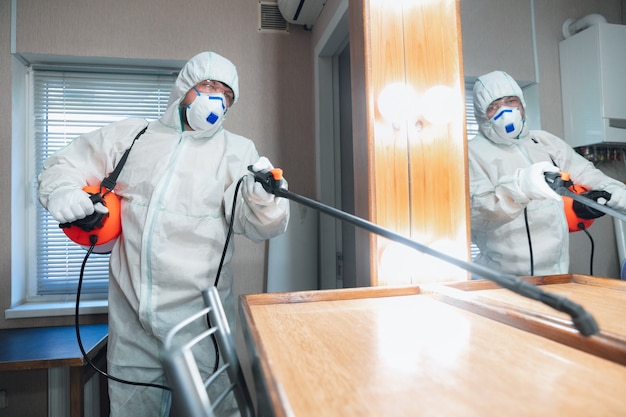
Expert Solutions for Black Mold in Shower Humble
Black mold in the shower is a common issue that many homeowners face. It is not only unsightly but also poses potential health risks. Mold thrives in warm, damp environments, making bathrooms particularly susceptible. Addressing black mold promptly is crucial to maintaining a safe and healthy living environment. This article provides expert solutions to effectively tackle black mold in the shower, ensuring your bathroom remains a clean and healthy space.
Understanding Black Mold
Black mold, scientifically known as Stachybotrys chartarum, is a type of fungus that grows in moist environments. It can appear as black or dark green patches and is notorious for its potential health hazards, including respiratory issues and allergic reactions. Identifying black mold early is essential for effective removal and prevention.
Identifying the Source of Moisture
Before addressing black mold, it is vital to identify and eliminate the source of moisture. Mold requires moisture to grow, so controlling humidity levels in the bathroom is key.
- Ensure proper ventilation by using exhaust fans during and after showers.
- Fix any leaks in plumbing to prevent water accumulation.
- Consider installing a dehumidifier if humidity levels are consistently high.
Effective Cleaning Solutions
Natural Cleaning Methods
For those preferring eco-friendly options, natural cleaning methods can be effective in removing black mold.
- Vinegar: Spray undiluted white vinegar onto the affected area and let it sit for an hour before scrubbing with a brush.
- Baking Soda: Mix baking soda with water to create a paste, apply it to the moldy area, and scrub after it dries.
- Tea Tree Oil: Mix a teaspoon of tea tree oil with water in a spray bottle, apply to the mold, and leave it without rinsing.
Explore further insights here.
Chemical Cleaning Solutions
Chemical solutions may be necessary for severe mold infestations or when natural methods are insufficient.
- Bleach: Dilute one cup of bleach in a gallon of water and scrub the moldy surface. Ensure proper ventilation when using bleach.
- Commercial Mold Removers: Available in hardware stores, these are formulated to tackle stubborn mold effectively.
- Hydrogen Peroxide: Apply a 3% solution directly on the mold, wait 10 minutes, and scrub the area.
Learn more in this detailed guide here.
Preventing Future Mold Growth
Once black mold is removed, taking proactive steps to prevent its return is crucial.
- Regular Cleaning: Clean the shower regularly to remove soap scum and moisture, which contribute to mold growth.
- Improve Air Circulation: Leave the bathroom door open after showers to allow air to circulate and dry out the area.
- Use Mold-Resistant Products: Consider using mold-resistant paint and grout in the bathroom.
Find additional information here.
When to Seek Professional Help
In cases where black mold persists despite cleaning efforts, or if the mold covers a large area, professional intervention may be required. Mold remediation experts have the tools and expertise to effectively and safely remove black mold, preventing its recurrence.
Read more about this topic here.
In conclusion, addressing black mold in the shower involves a comprehensive approach of identifying moisture sources, employing effective cleaning methods, and implementing preventive measures. Whether choosing natural or chemical solutions, it is essential to address the problem promptly to maintain a healthy bathroom environment. For persistent mold issues, professional assistance may be the best course of action to ensure thorough removal and long-term prevention. Explore further insights here.